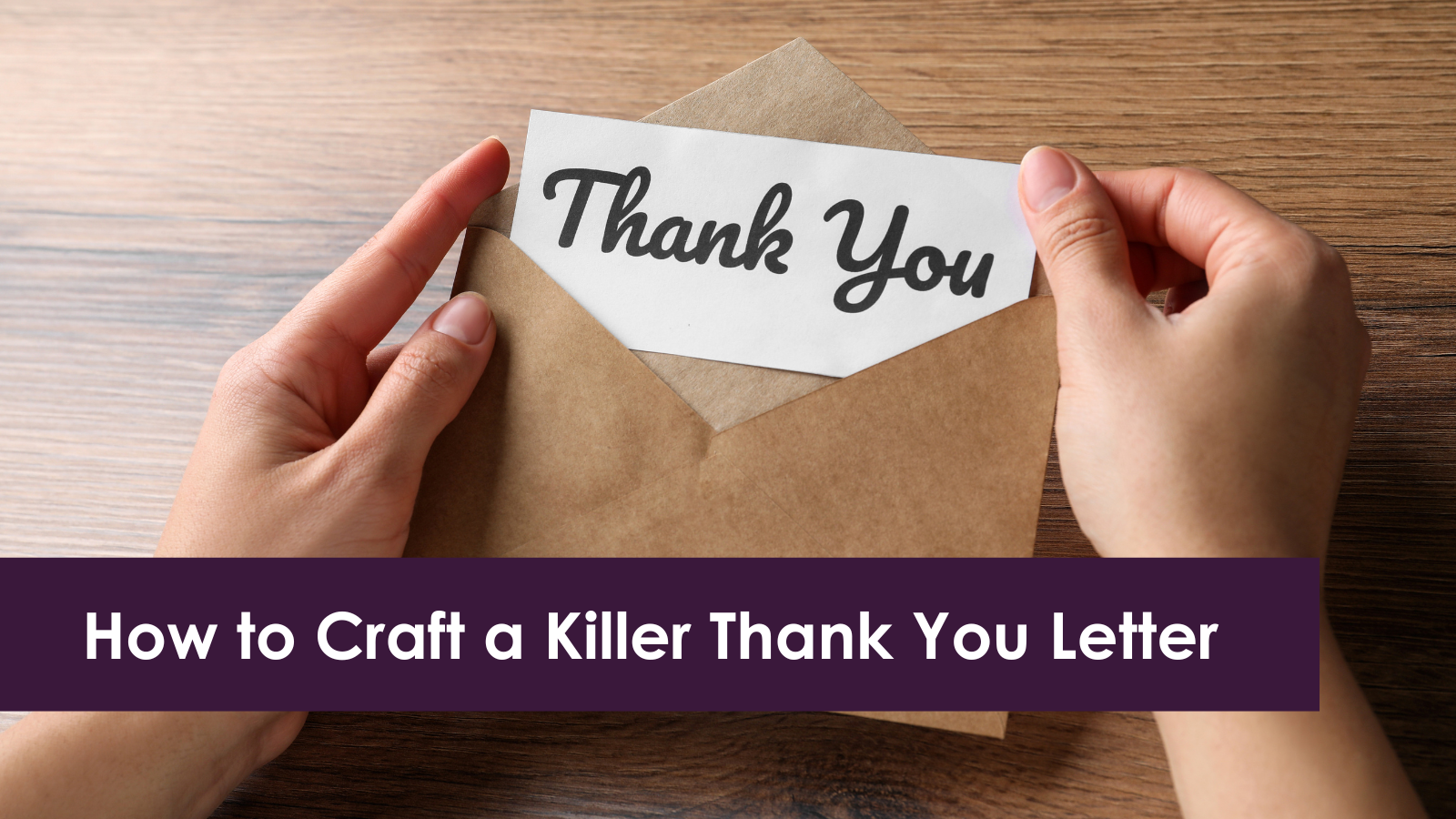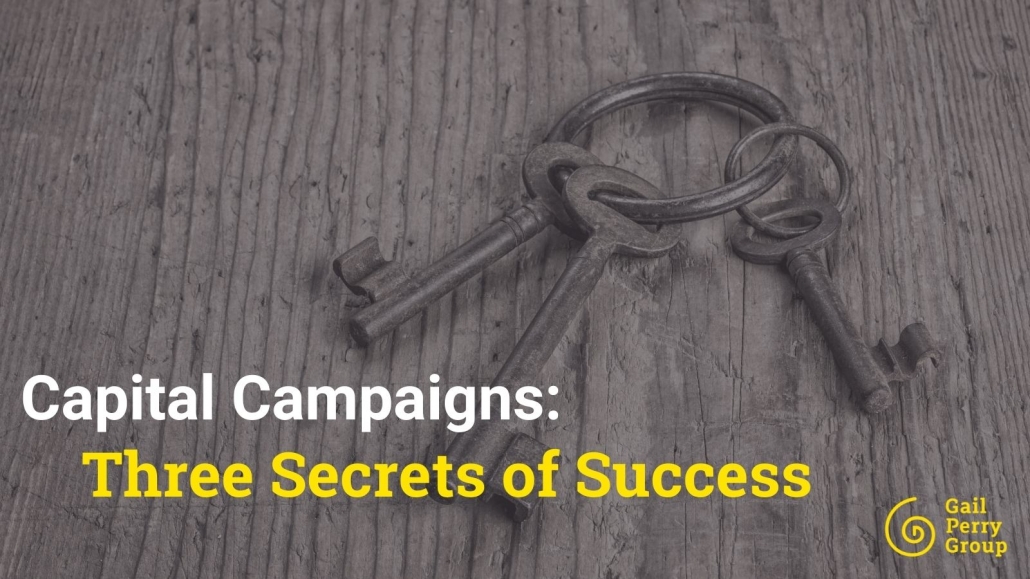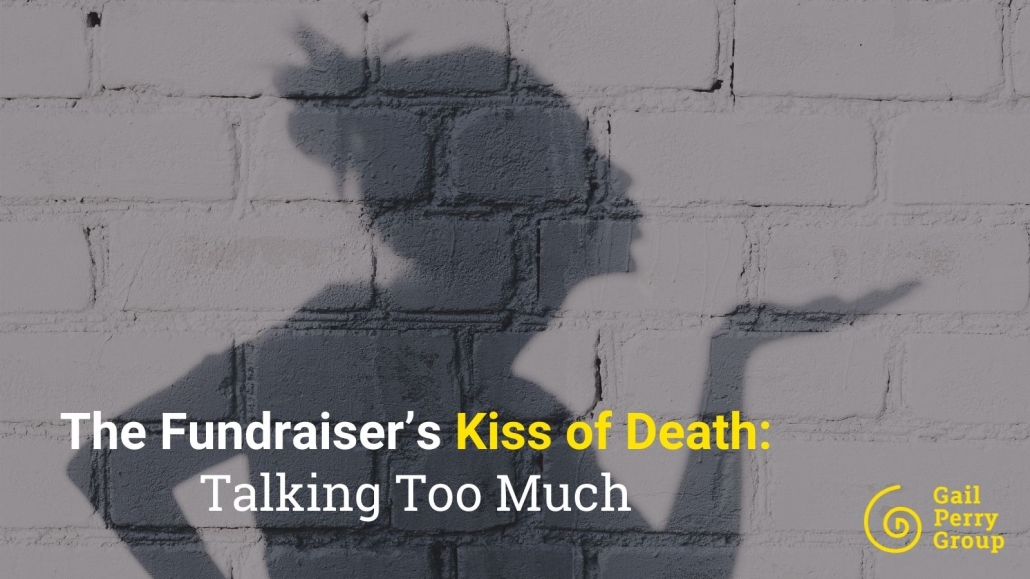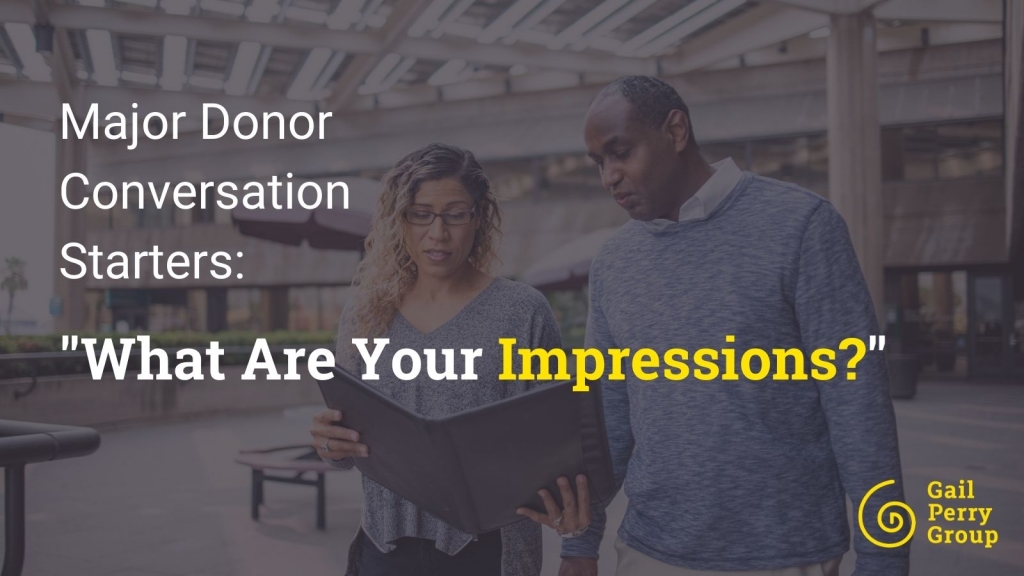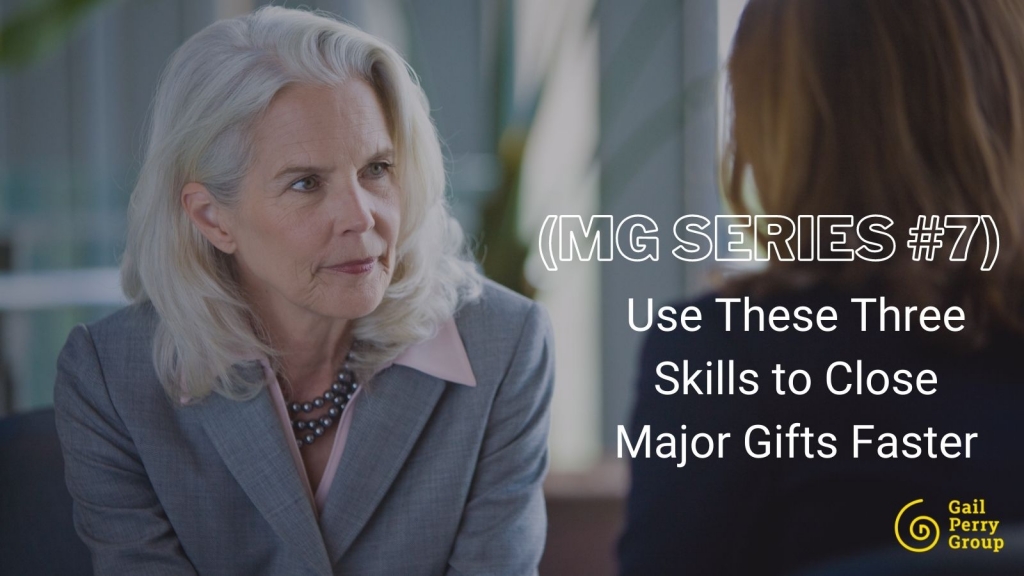
AI to the Rescue: Streamlining Thank You’s for More Donor Love
As fundraisers, we understand the power of a well-crafted thank-you note. It’s far more than a formality – a heartfelt acknowledgment cements the donor’s positive experience, strengthens relationships, and paves the way for continued generosity.
But let’s face it, finding time to personalize thank you can be a massive challenge, especially for short-staffed development offices.
That’s where AI comes in, offering a helping hand to make our jobs easier and donor experiences even better.
Use AI to Write Thank You Letters
The Gail Perry Group has an excellent guide on writing thank-you letters that rock: How to Craft a Killer Thank You Letter.
Our template includes a solid list of do’s and don’ts that will help your acknowledgement notes shine.
In addition, we’ve created a free AI prompt that incorporates the best practices outlined in our Killer Thank You Letter Template.
Here’s how to use this thank you letter template:
Take the bolded text below, and add your customized donor information in the brackets.
Then, drop the text into your favorite FREE generative AI tool such as ChatGPT or Google’s Gemini. Hit return/update and watch the magic happen.
As an experienced nonprofit fundraising expert, write a short thank you letter to [donor’s name] which will begin with an innovative or creative sentence that charms the donor and conveys gratitude using a tone that is warm, positive and upbeat. Include how the gift will be used [xxx], the name of your organization [xxx] and sign it by a high-ranking person [name/role] including their phone number [xxx]?
Requirements:
- Use the first person: “I” and “we.”
- Use the second person: “you,” “you” and “you” again.
- Say things like “I can’t begin to thank you enough for…” We are absolutely thrilled to have your support again this year.” or “Because of your gift, a family will . . .”
- Use contractions such as “We’ll” rather than “We will.”
- Use exclamation marks if appropriate, but don’t use too many of them.
- Show some emotion.
- Talk about the impact of the gift: what is the donor achieving by giving?
- Be concise. Don’t be formal or lofty.
- Don’t start out with “on behalf of.”
- Don’t use thank you letter jargon such as “we are deeply grateful for your continued support.”
- Don’t start out with “Dear Friend”
- Don’t ask anything else from your donor.
Here is what Google’s Gemini generated for Fred Flintstone, the executive director of a SPCA kennel near you.
Dear Barney Rubble,
I’m not sure if you’ve heard the barking and excited tail wags lately, but the word is definitely out at our SPCA! Thanks to your incredible generosity, we’re expanding our kennels.
We are absolutely thrilled to have your support again this year. Because of your gift, more furry friends will find safe, loving shelter while they await their forever families. It’s a beautiful thing, and you made it happen.
I can’t begin to thank you enough for your kindness. Your compassion is making a real difference in the lives of animals and the families who love them.
With warmest gratitude,
Fred Flintstone
Executive Director
123-456-7890
You have to admit that this is a lovely note. It’s one that will bring a smile to your donor’s face. It might even get posted on their refrigerator door!
Use this template and let us know how it works for you and your team! We’ve experimented with this template and keep getting happy, positive, charming letters out of it.
Disclaimer: Certainly you’ll need to edit these letters so that they accurately reflect your organization’s work and mission. And, you can tinker with this template as well. But do keep the charm and gratitude as a central focus of the letter.
Is the AI Version too Emotional?
One person on our team suggested that the AI thank you letter turned out to be too emotional. Do you?
On our part, I think we can use more emotion in fundraising overall. Especially when you consider giving as an emotional act by the donor – they are donating because they really care about something (your mission!).
So, if donating springs from an emotional feeling in the donor’s heart, then we can certainly respond with graciousness and a tad of emotion ourselves.
AI Will Never Replace Those Face-to-Face Moments
It’s important to remember that Artificial Intelligence is a tool, not a magic wand.
While it can generate well-written drafts, you’ll always want to review and add your personal touch.
And for those truly special relationships and significant gifts, nothing beats a series of thank yous, in person, via email and by snail mail.
Remember the old motto: Find Seven Ways To Thank Your Donor and They Will Give Again!
BOTTOM LINE:
By ethically using AI, we can free up time and energy to focus on what matters most – those personal conversations and building lasting connections with our donors.
It’s a win for them, a win for your mission, and a win for the well-being of your professional fundraisers.
Remember to bookmark this article.
As always, sharing our weekly news and insights with you is a pleasure.
If your organization is planning a capital campaign – we can help. We’re with our clients every step of the way, inspiring their teams and board, building confidence, driving action and measuring success. Send an email to coaching@gailperry.com if you’d like to schedule a strategy or consulting call with us.
#AIforGood #AIWriting #TimeSaving #NonprofitMarketing #DonorLove
Resources
How to Craft a Killer Thank You Letter
How a Capital Campaign Planning Committee Develops Lead Donor Relationships
Thanking Donors – How to Show Your Donors Love
